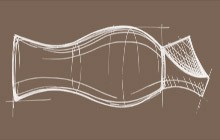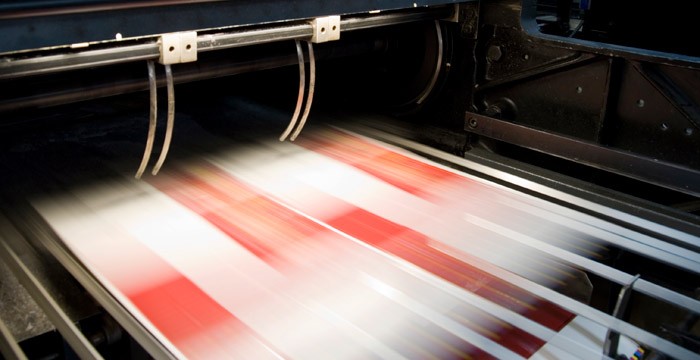You have the perfect graphic design that captures the essence of your brand. The design is precisely executed to communicate key product attributes and brand promise. The next challenge is making sure that the design makes it to shelf through production without impacting the integrity of the design. Often times, graphic quality and brand image are compromised due to issues with translating a great design into a technically viable commercial package. Printability is a key area of concern for packaging designers around the world and the solution starts with the material.
It is extremely important that the material you select has the appropriate properties to address two key areas: ink adhesion and ink anchorage. First, the selection of inks and varnishes used in conjunction with the material is very important. If the packaging material is in contact with the product you may need a low migration ink system so that the product quality is not impacted. Various test methodologies exist in order to ensure ink adhesion and anchorage. These tests are often defined by the printer or product manufacturer. Second, in order to ensure the appearance of the package meets quality standards one must consider the appropriate printing technology. Commonly used printing techniques such as Flexography and Gravure may require different material and ink combinations than emerging technologies such as Digital.
When working with paper substrates, bleached surfaces and varnishes improve printability. When working with recycled materials vendors will use clay coating to improve the roughness of the print surface. Typical film materials that offer excellent printability are: Polyethylene Terephthalate (PET), Polypropylene (PP) and Polyethylene (PE). Often times, corona treatment is used on these films to improve the surface energy and ink adhesion. Also, varnishes can be used to improve appearance. In order to avoid the need for topcoats or over varnishes films such as Avery Dennison’s Global MDO are specially designed to provide an inherently printable surface.



